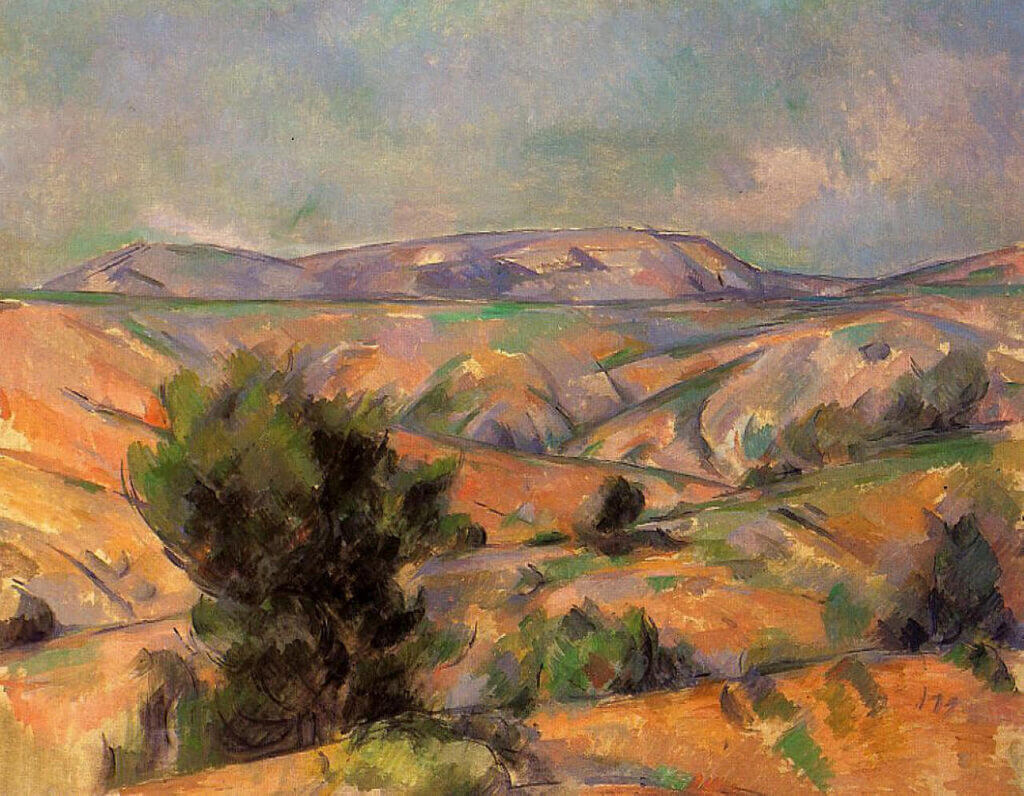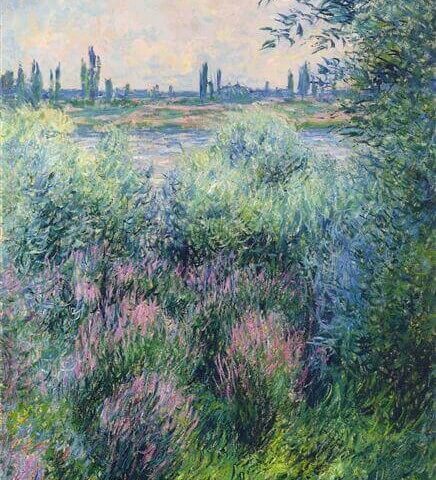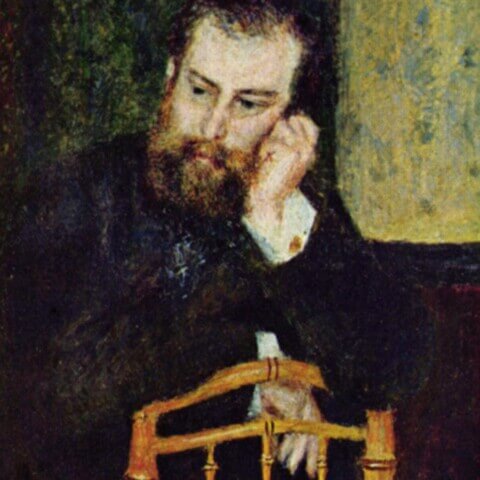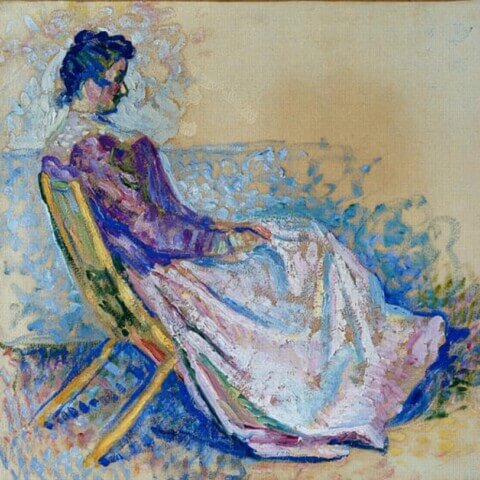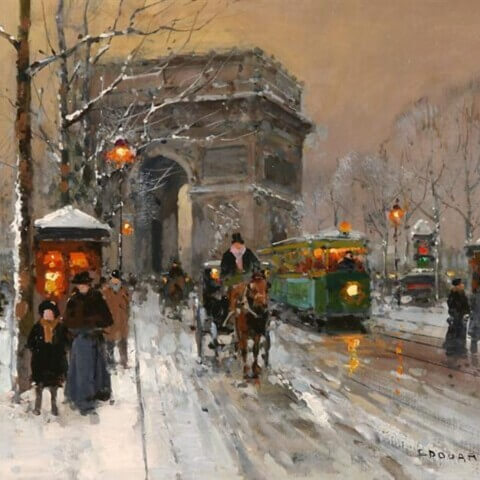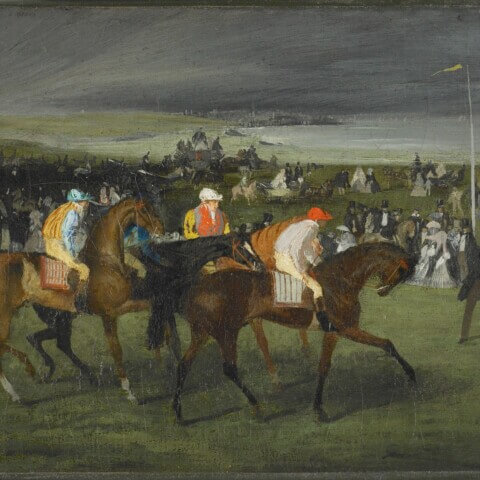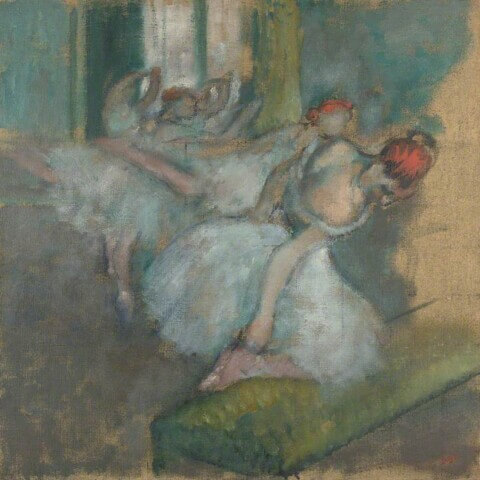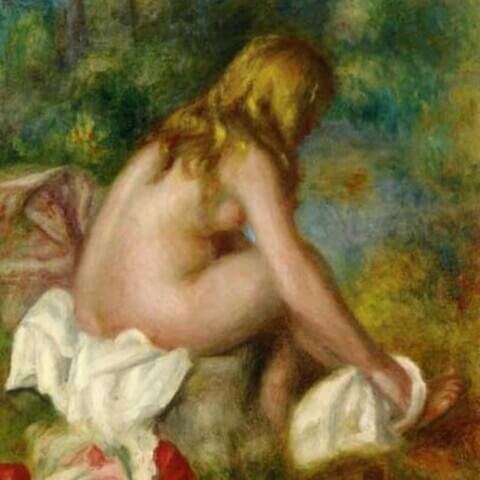Title: “”Paul Cézanne’s Masterpiece: Mount Sainte-Victoire Seen from Gardanne””
Year Painted: 1886
Paul Cézanne’s “”Mount Sainte-Victoire Seen from Gardanne”” is a breathtaking painting that showcases the artist’s revolutionary approach to capturing the beauty of nature. Created in 1886, this artwork holds immense significance in the art world due to Cézanne’s innovative techniques and his profound influence on modern art.
Cézanne was a pivotal figure in the transition from Impressionism to Post-Impressionism, and this painting exemplifies his unique style. By employing geometric forms and exploring the interplay of light and color, he pushed the boundaries of traditional landscape painting. “”Mount Sainte-Victoire Seen from Gardanne”” is a prime example of his ability to transform nature into a complex composition of shapes and hues.
The painting depicts the majestic Mount Sainte-Victoire, situated near Gardanne, a village in the south of France. Cézanne had a deep affinity for this landscape and painted it numerous times throughout his career. In this particular piece, he skillfully captures the harmonious relationship between the mountain, the trees, and the village nestled in the foreground.
What sets this painting apart and makes it truly special is the way Cézanne broke away from traditional representations of nature. Instead of merely replicating the scene realistically, he sought to convey the essence and underlying structure of the landscape. His use of bold brushstrokes and distinct geometric shapes gives the painting a sense of depth and three-dimensionality.
Moreover, Cézanne’s exploration of color in this artwork is noteworthy. He employed a subtle and nuanced palette, creating a delicate balance between warm and cool tones. The interplay of light and shadow further adds to the depth and atmosphere of the painting.
Cézanne’s “”Mount Sainte-Victoire Seen from Gardanne”” represents a turning point in the history of art. His innovative approach paved the way for the development of modern art movements such as Cubism and Fauvism. The painting’s influence can be seen in the works of countless artists who followed in Cézanne’s footsteps.
In conclusion, Paul Cézanne’s “”Mount Sainte-Victoire Seen from Gardanne,”” painted in 1886, is a masterpiece that encapsulates the artist’s revolutionary style and profound impact on the art world. Through his unique approach to capturing nature, Cézanne transformed the traditional landscape genre and opened new doors for artistic expression. This painting’s harmonious composition, geometric forms, and nuanced use of color make it a truly exceptional and influential artwork.
At our art gallery, we take pride in offering comprehensive global shipping to our esteemed clientele. We understand the significance of your art acquisitions and the need to transport them with utmost care. Hence, we are committed to delivering your chosen paintings to any address worldwide and free of any additional charge.
Our reliable courier service partners are experienced in handling precious art pieces and ensure that your painting reaches you in pristine condition. We offer fully insured, door-to-door delivery, providing you with peace of mind that your artwork is protected during transit.
Moreover, to accommodate your unique framing preferences, we offer the distinctive service of sending your purchased artwork directly to any framer across the globe. This enables you to have your painting framed locally by your trusted framer, reducing the risk of damage during transportation.
Regardless of your location or your framer’s, we strive to make the process as seamless as possible. It is our goal to provide exceptional service that caters to your needs and ensures the safe delivery of your valuable artwork.
We invite you to experience our hassle-free, worldwide shipping service, which is aimed at delivering your prized art pieces safely and efficiently, wherever you may be.
Similar paintings
Join our newsletter
Signup for our newsletter and receive our inspiration guide and 20% discount on your first order!

